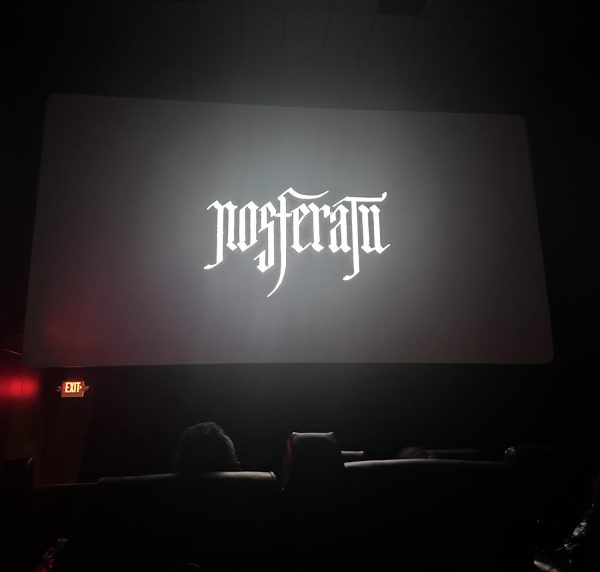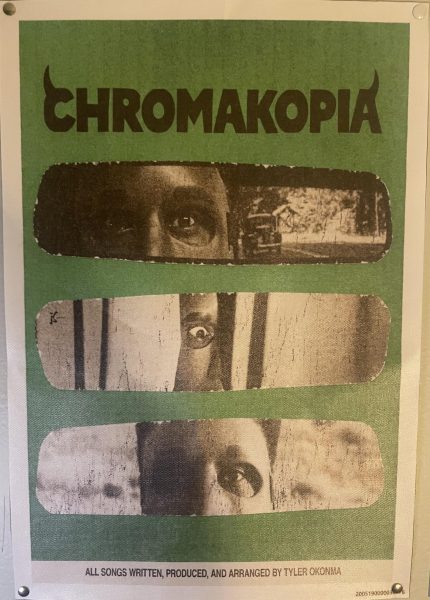Review: The Banshees of Inisherin
Cinema has entered an age that many cinephiles have begun to refer to as a time in which the art of it all is being lost, an era that has become more overrun by commodification than ever before. However, many independent film companies have risen up through the ranks to challenge MCU-level franchises that dominate the box office from the moment of their release, such as A24 and Searchlight Pictures, and have sought to bring artful cinema back to the big screen. The Banshees of Inisherin is a recent foray of the latter, and the praise it has received since its release will hopefully inspire more projects of a similar nature.
There is certainly something to be said for the new age maximalism displayed in films like Everything Everywhere All at Once or Sorry to Bother You, but the pure, heartfelt simplicity displayed in Banshees is something that is largely undervalued. The premise is straightforward: a man, Colm (Brendan Gleeson), abruptly ends his friendship with a fellow inhabitant of a small island off the coast of Ireland. That’s it. In the acts that follow the true value of creating something so apparently banal is revealed.
In the unfriended man, Pàdraic (Colin Farrell), we begin to see ourselves. Everyone has dealt with rejection in one form or another, and this specific work deals with two correlating concepts so confounding that we empathize with Pàdraic readily: the unknown and the bruising of the ego. Pàdraic spends much of the film in utter confusion as to why his former friend would have so easily and entirely removed him from his life, spiraling into a depressive state as he reaches out to him over and over again. Eventually gleaning the answer he desires, his problem is made worse when the thing he most feared manifests itself into reality.
Colm woke up one morning and simply thought to himself that Pàdraic is too dull. There was no particular event that catalyzed this thought pattern, nothing distinct that happened between Colm and Pàdraic. It was unwarranted by every definition of the word, making the following plot points all the more alarming. Surrealism creeps into the film, and it’s surprising and off-putting nature only serves to intensify the instability that Pàdraic feels as his perception of his environment is completely altered. Chilling sound design amplifies the eeriness as we find ourselves further and further away from the original ambience with every passing scene.
The writing of this movie so beautifully captures the way in which the human mind is able to catastrophize and compound one’s thoughts to embellish our own version of reality. The results of this can lead to actual catastrophes, ones that may have been avoided in the first place if the initial indulgences had been more contained.
This film reminds me that hope still remains in the film industry for the arthouse genre, and that many studios are still trying to capture the magnificence of the simplistic storytelling that originated with pictures so long ago. I look forward to seeing more from writer and director Martin McDonagh as his creative capabilities really shine in this outstanding piece.








